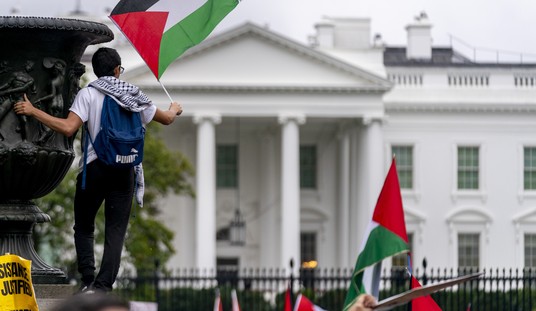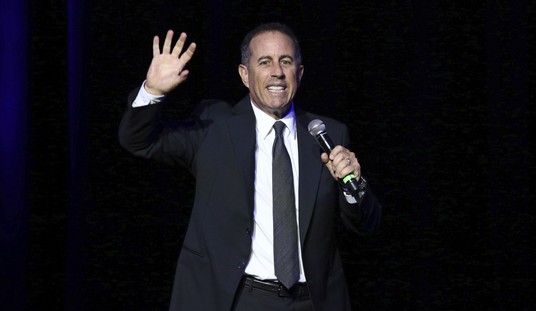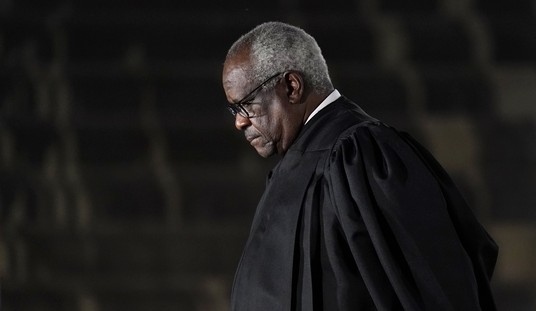I’d like to think I always felt pride in our nation. I’d like to think I always displayed respect for our flag and the men and women who serve in our military. I thought I’d seen some great parades, fireworks, and pre-game ceremonies displaying true patriotism in the past.
But I have to be honest. I had to go to Europe to “get it.”
Only one percent of us serve in our nation’s military today. That’s not many who have an immediate family member serving. Only they deeply know and internalize what being a part of that selfless fraternity is all about.
American might, the can-do spirit of winning at all costs, and the awe-inspiring gratitude I always wanted to know and sense and deeply feel about our military and our nation became “real” on my D-Day anniversary trip to rural Europe in early June 2014. If you’ve been you get it.
It’s in the small town of Benouville, France – home to Pegasus Bridge. This little town and this little bridge in the Normandy area of France was the opening scene of the most remarkable military comeback the world has ever known.
Every June 5th and 6th, this village and area residents come out to celebrate the single hour it took Allied forces’ gliders to drop paratroopers in and seize control of this key bridge. The dark of night, total surprise, with known but unseen danger all around - the people of Benouville understand what that meant - and they don’t forget it.
At the foot of the bridge, a small house that now serves as a café’, beer garden, mini-museum, and souvenir shop. The woman who owns this house now sits in the kitchen – away from the crowds who flock to see her. She was five years old when paratroopers knocked on their door and told her family they no longer lived under German control.
Recommended
When yours is the first liberated house in France, you get it. Even seventy-five years later.
Not far away, the people of Sainte Mere Eglise get it, too. This is a village made famous by the classic World War II film “The Longest Day,” and the ill-fated parachute landing of Private John Steele.
As his brothers from the air were landing amidst the chaos of German gunfire, Private Steele’s chute was caught on the town’s church steeple. There, he would hang for two hours watching the fight from his unintended perch. He would eventually be taken hostage by the Germans, but released not long after Americans re-took the village.
Today, one of the best parties in France can be found on the square of Sainte Mere Eglise the week of June 6th. A replica of Private Steele in full uniform, connected to a parachute, draped on the church steeple hangs year round.
United States military men and women like those of the 173rd Airborne stationed in Germany and those of the 82nd Airborne out of Fort Bragg, N.C. are invited to simulate the jump that started it all, winning the French countryside back. Singing, dancing, beer gardens, monuments, parades, and American flags abound.
They get it.
Then, there are the beaches of Normandy and the towns near each.
Gold Beach is not just one of the sites of a heroic Allied invasion, but also home to a museum remembering what followed there in the days and weeks after D-Day. It is something we should all spend more time re-learning.
Do yourself a favor and read about “Mulberry Harbor,” and if you don’t come away in awe of that impromptu, massive engineering marvel that literally meant winning or losing the war in the opening weeks – well, check your pulse.
Stand on one of the widest beaches on Earth, Omaha beach. Wide open and at least three football fields from tide to seawall and you understand why thousands of our men served as nothing but target practice for Germans from the cliffs above. Only sheer numbers, grit, and divine providence made them victorious.
But not before thousands of their mortally wounded brothers’ blood turned the seawater red all around them.
“Bloody Omaha” and the cliffs above are the home to the Normandy American Cemetery where 9,387 gleaming white headstones, mostly Latin Crosses, are perfectly lined on beautifully manicured green lawns. 1,557 more names are still listed “M.I.A.”
If you’re lucky when you visit, you’ll shake the hand of one of the “greatest generation” who just happens to be paying his respects to his fallen comrades. It may even be the first time he came back to this place since he was a teenager storming one of those beaches. Then you’re sure to get it.
You’ll get it when you stand on the 100-foot cliffs of Pointe du Hoc. Look straight down to the sea crashing below, as you stand amidst huge, concrete German bunkers dotting the still bomb-cratered grounds.
Consider the 229 Army Rangers who scaled those cliffs in just 30 to 45 minutes, grenades and machine gun fire raining down on them. But they just kept climbing to seize those cliffs and towns from the Germans. Not half survived before help arrived two days later.
To the East, the city of Reims where Eisenhower’s Supreme Command set up headquarters and eventually secured surrender from the Nazis. The school where that happened is now a museum and kept just as it was in 1945. The city of Reims knows what that means.
In Luxembourg, the second of four American World War II cemeteries in Europe can be found. As beautiful and solemn as its Normandy affiliate, it is the final resting place of General George Patton and over 5,000 fallen heroes.
This part of the world reveres Patton and the United States military just as their French neighbors. In the little town of Ettlebreck, Luxembourg stands a replica statue of the general just as you’ll find at West Point. In a neighboring town called Diekirch, perhaps one of the largest collections of American World War II artifacts, weapons, vehicles, uniforms, etc. you’ll find anywhere.
It’s imperative to them to preserve the memory of what happened to their towns before the Allies saved them. They get it.
Finally, there’s Bastogne, Belgium. Ground zero in another stunning episode of American military grit called the “Battle of the Bulge.” The brutal, weeks-long winter battle of 1944 was an unlikely success story against the Germans just as D-Day was earlier that spring.
There’s a permanent, beautifully restored American tank in their town square. Just outside Bastogne in the middle of nowhere, a World War II monument so grand it really belongs in Washington, D.C. Look it up if you’re not aware. It’s truly stunning.
In Bastogne, they get it, too.
From the beaches of Normandy, France to the woods of Bastogne, Belgium – these towns, villages, and cities remember. You see it in the American flags hanging off barns, and homes, and businesses.
Most impressively, in all of these communities, hundreds of European men and women dress in authentic United States military uniforms. They drive into their towns in authentically restored United States military vehicles playing 1940s American music. They put on shows and displays in their communities as if they were the actual Americans who liberated their fellow countrymen from 75 years ago.
It’s a European love and celebration of the United States and her military that rivals almost anything I’ve seen in the United States. I mean no disrespect to anyone domestically, but thousands of rural Western Europeans love the United States in their bones. To their core. The way many here will never understand or appreciate, sadly.
It’s because of what those heroes did to save their very existence beginning seventy-five years ago today.
If you’re ever fortunate enough to make this trip to see these places, a pride and awe of the United States will wash over you that is overwhelming, awe inspiring, and often tear jerking.
You’ll get it if you don’t now. I know I do. And I’ll never forget it.
























Join the conversation as a VIP Member